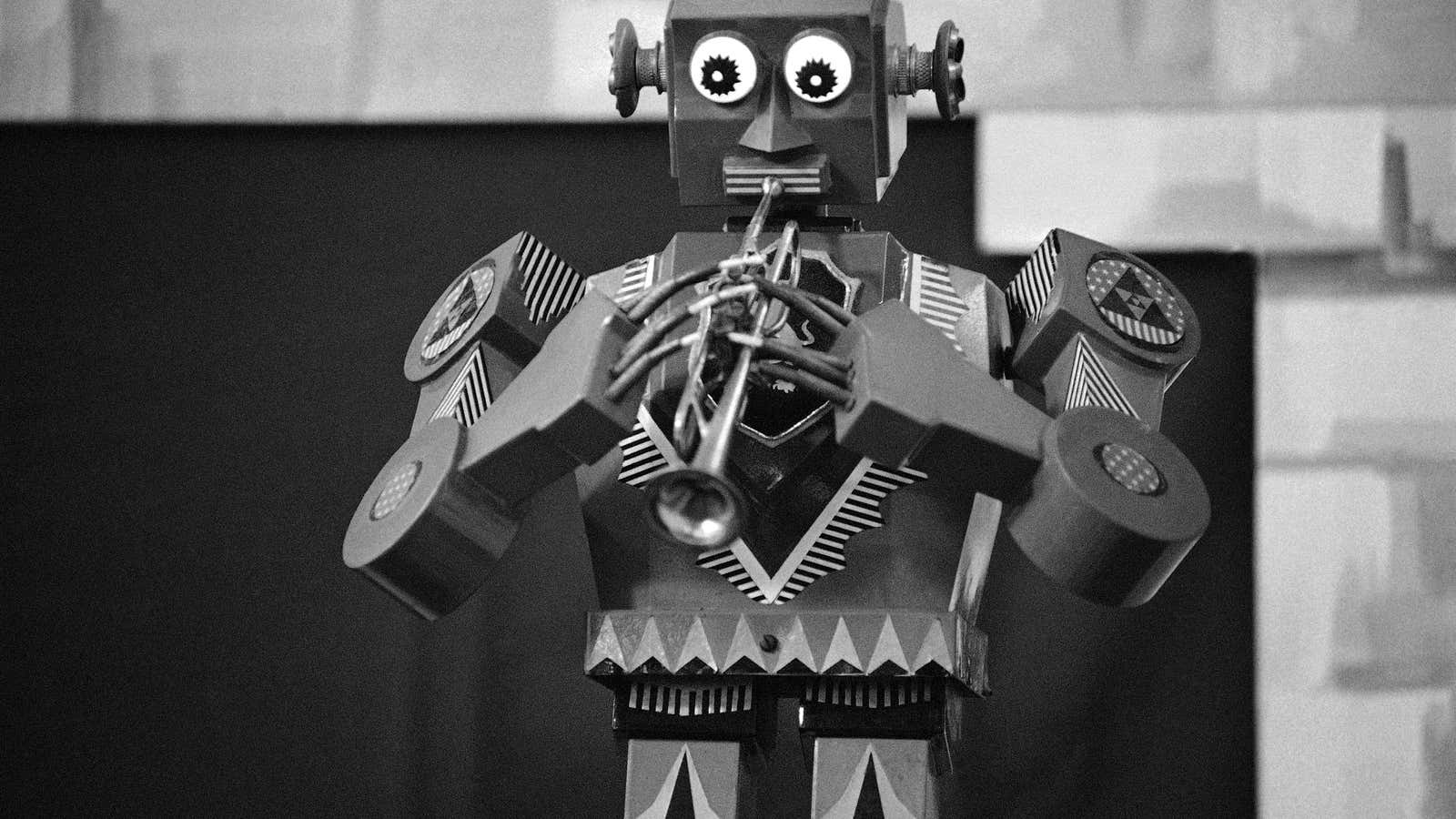This story is part of What Happens Next, our complete guide to understanding the future. Read more predictions about the Future of Home.
I first became fascinated by robots as a child while watching Star Wars. To me, R2D2 and C3PO were about so much more than just the novel, futuristic cool-factor—they were genuine friends and companions to the human characters, and even to each other. They had emotions and were compassionate and loyal. These humanistic qualities forever changed the way I viewed the possibilities and potential of robots in our lives.
These days, fully autonomous robots are no longer just the stuff of science fiction. We send them to explore the depths of oceans and outer space, they work alongside us to manufacture goods, and they drive on our streets. As robots continue to augment industries, it makes sense that they will also have an increased presence in our homes. Just as the goal of every PC business was once to put a computer on every desk, present-day personal robotics companies have the goal of putting a robot in every home.
In some ways, they already are. Though we might not think of them as robots in the Star Wars sense, a growing number of people have robots in their homes that can do things like vacuum the floors (Roomba), play music (Sonos), and order products on demand (Amazon’s Alexa devices). But think beyond the kinds of robots that would just juice your vegetables or do your laundry (although they probably could do that, too). We’re talking about social robots—those built to interact with us as helpful companions, to become new members of the household.
Children around the world are spending more and more time in front of screens, creating a generation of global citizens who have grown up with automated and depersonalized interactions as the norm. Though some people might see robots as just another tool to keep humans isolated from one another (or a technology that will take our jobs), humanistic robots can actually help bring us closer together. They can be designed to deliver a different kind of relationship with people that is not only useful, but emotionally uplifting. They shouldn’t be viewed as replacing humans, but rather as entities that enrich our lives and elevate the human experience.
Social robots will be uniquely personal. They will be designed with a broad array of functions that serve to benefit everyone from young children and their parents to the elderly. As these relationships develop over time, social robots will learn the preferences of the people they live with and tailor their behavior to meet each person’s individual, unique needs.
In-home social robots will be able to solve many problems that will continue to compound in. In 1970, only 31% of two-parent households saw both parents work full-time. That number has jumped to 46% today and continues to grow substantially each year.
With fewer stay-at-home parents, social robots can serve as personalized practice partners to help with homework and reinforce what children have learned that day in school. Far beyond helping you find recipes and ordering groceries, they can be your personal sous-chef or even help you learn to cook. They can also act as personal health coaches to supplement nutrition and wellness programs recommended by doctors and specialists for an increasingly health-conscious population. As the number of aging-in-place boomers soars, social robots can provide a sense of companionship for retirees while also connecting seniors to the world and to their loved ones, as well as sending doctor-appointment and medication reminders.
When asked to envision a robot in the home, many people immediately think of Rosie, the charming and helpful robot maid from The Jetsons. For others, the term “home robot” feels a little less “Rosie” and a little more “Skynet,” generating concerns about privacy invasion, identity theft, and spying.
As with any intelligent technology that can learn and personalize its offerings to provide improved service, upholding and protecting the privacy of people and the security of their data are critical issues to address in an ethical and responsible way. The onus will fall on the companies who create social robots to ensure that these aspects remain paramount and are considered at each and every stage of development. This way, users can feel secure in their decisions to incorporate these robots into their homes and lives.
Even though robot technology in the home is still a relatively new concept, soon enough it will feel as if we are all living a long time ago, in a galaxy far, far away.
This story is part of What Happens Next, our complete guide to understanding the future. Read more predictions about the Future of Home.
